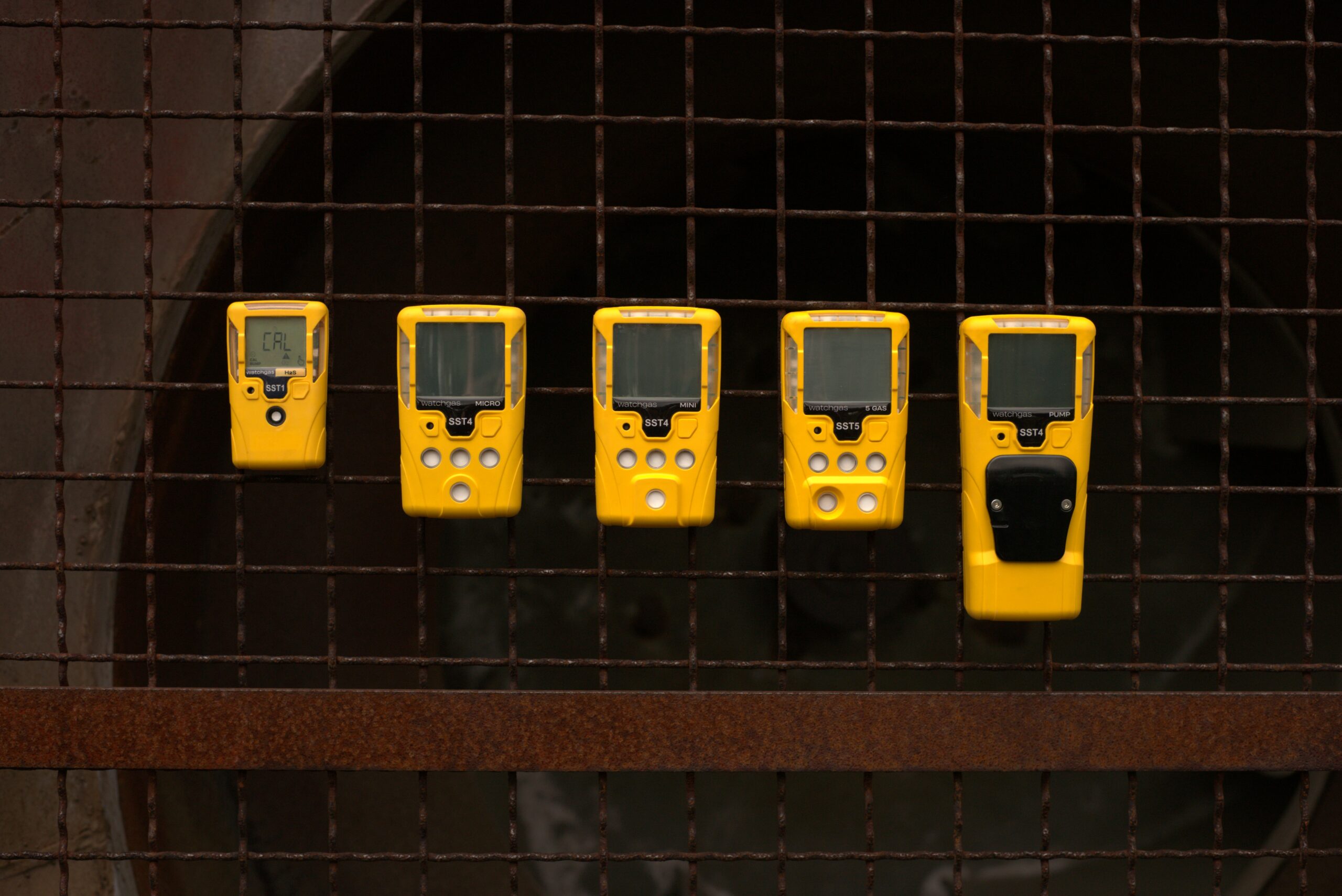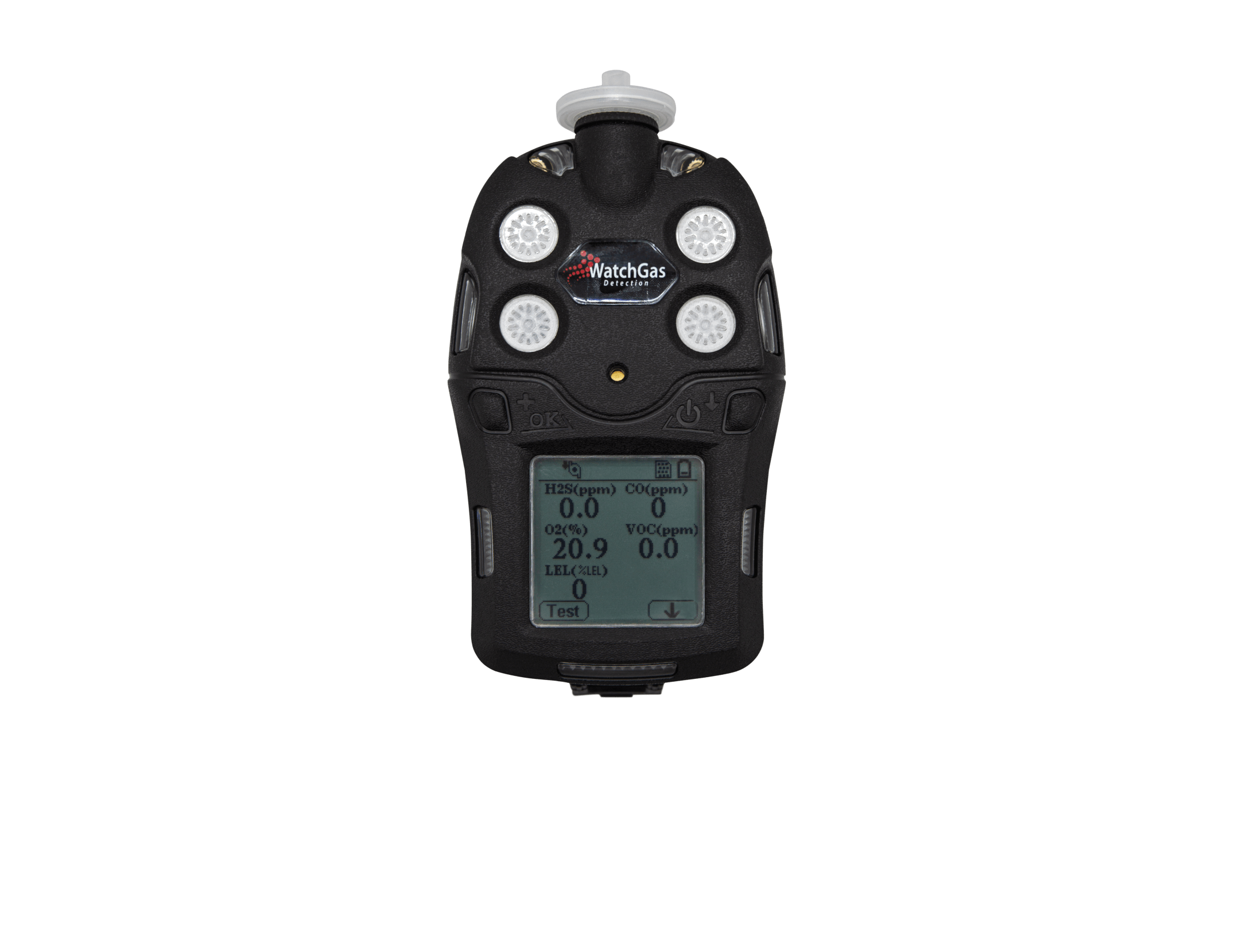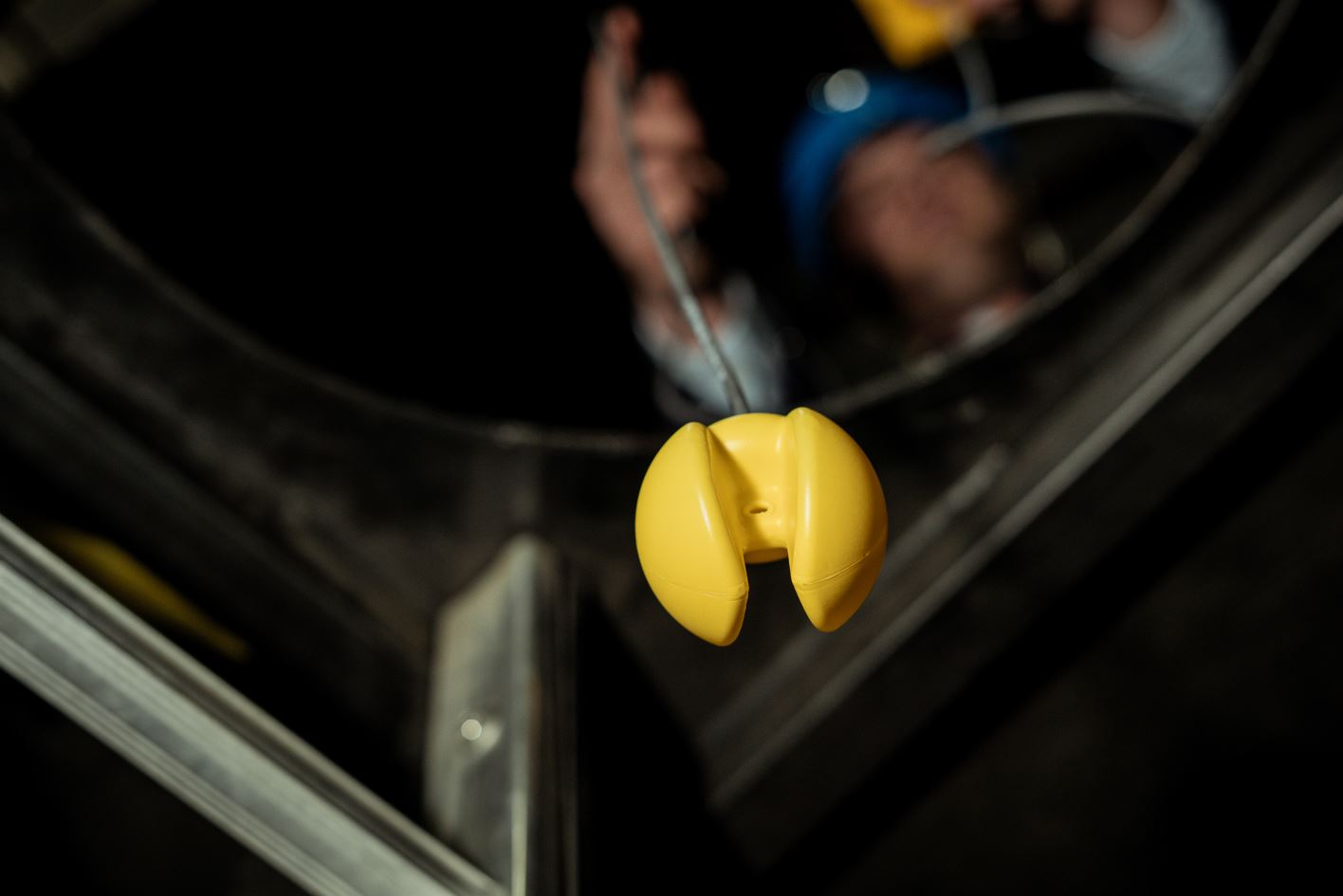Executive summary
Selecting the correct tubing and piping for gas detection systems is vital for ensuring safety, accuracy, and regulatory compliance. This paper addresses the unique requirements of portable and stationary gas detection systems, emphasizing the importance of using independently certified materials explicitly designed for gas sampling. While cost-effective options like clear tubing may seem appealing, the risks associated with their use—including contamination and inaccurate readings—make verified materials such as Last-o-more® tubing, PTFE tubing, and 316 stainless steel piping far more reliable choices. This guidance aims to help users avoid performance issues and potential hazards associated with unsuitable tubing, including sunlight-induced false alarms.
Understanding the importance of proper tubing for gas detectors
Many manufacturers promote clear tubing as a cost-effective solution for gas sampling, especially in confined spaces. However, just as clear tubing is avoided in the automotive industry for critical systems like fuel or windshield fluids, its limitations in gas detection make it unsuitable for accurate measurements. Some argue that clear tubing allows visibility of fluid intake and shows discoloration as a signal for replacement. However, once any fluid enters the tube, contamination occurs immediately, requiring replacement. Instead, best practices recommend avoiding fluid intake using devices such as ball floats and visibly clear indicators, like the standard yellow floats used in gas detection.
The discoloration of clear tubing often signals a reaction between sampled gases and the tubing material, indicating incompatibility. Additionally, while PVC aquarium tubing is sometimes repurposed for gas detection, its inherent odor indicates its unsuitability and risks contaminating contaminants into the sampled air. Some materials offer Teflon inner linings for better inertness, but these coatings can flake over time, causing blockages.
Last-O-More® tubing, made from fluorinated elastomer, addresses these issues with its full inertness, flexibility, and resistance to binding or flaking. Marked specifically for gas sampling, Last-o-more® is rigorously tested through independent GC analysis, proving its effectiveness in absorption and retention (including preventing gas release in sunlight exposure). Although more expensive than generic tubing, Last-O-More® is engineered for safe, reliable gas detection.
Independent testing and certification of Last-O-More® tubing
To ensure industry compliance, Last-o-more® tubing has undergone extensive laboratory testing by a Shell-affiliated lab. Key points include:
- Multi-brand evaluation and detailed specifications: Testing across different brands, tube lengths, and temperatures helps assess compatibility and performance.
- Precision gas chromatography (GC) testing: GC analysis provides highly accurate measurements of gas absorption, retention, and permeation, affirming Last-O-More®’s reliability.
- Independently authored documentation: Testing was conducted by a qualified, independent author, with full reports available on our website.
These results confirm Last-O-More® tubing as a durable, dedicated solution for gas sampling. While materials like Tygon may be used, they often lack documentation of compliance with standards such as EN ATEX, essential for safe use in sensitive applications.
Differentiating requirements for portable and stationary gas detection systems
Portable and stationary gas detection systems have unique material requirements, reflecting different operational environments.
Portable applications: Last-O-More® and fluorinated elastomers
Portable gas detection devices require flexible and resilient materials against environmental factors like sunlight and frequent handling. Last-o-more® and fluorinated elastomers (e.g., Viton®) meet these demands with their high chemical resistance and durability.
- Avoiding false alarms: Using incorrect tubing in portable systems can result in sunlight-induced false alarms, as seen in cases where non-compliant materials react inappropriately under environmental conditions.
- Advantages of Last-O-More® tubing: It is highly compatible with reactive gases such as PID and Cl₂, with clearly marked indicators for response times and date codes. Independent testing has verified its compliance with European standards. It prevents common issues like flaking, binding, and reactivity in other materials.
- Considerations: While suitable for PID and Cl₂, Last-o-more® is not recommended for ozone (O₃) and should be regularly inspected in high-use environments.
Stationary Applications: PTFE tubing and 316 stainless steel piping
Stationary gas detection systems require long-term durability and high chemical resistance. PTFE tubing has become a standard for such systems, providing stability under high temperatures and compatibility with sensor filters and membranes used by many manufacturers. Due to its robustness and structural integrity, 316 stainless steel piping is also widely used in stationary setups, mainly where exposure to corrosive gases or extreme temperatures is expected.
However, tubing or piping alone does not ensure system reliability. The quality of calibration adapters and test gas valves also significantly impacts performance. Some manufacturers may attempt to coat PTFE tubing to improve flexibility, but this can lead to kinking, compromising durability.
Standards and certifications for compliance and safety
In European markets like Germany, strict standards mandate thorough testing and transparency in gas detection materials. Compliance considerations include:
- Comprehensive independent testing: Verified testing should provide details on compatibility and permeability, like in the Last-O-More® report.
- Adherence to European Standards: Certification should comply with DIN EN, EN ISO 9001, and similar quality assurance standards.
- Complete test documentation: Testing documentation should cover all conditions, temperatures, gas types, and author qualifications.
Addressing industry challenges and ensuring reliable choices
Industry experience shows that even reputable providers sometimes use lower-quality materials. Last-O-More® tubing, by contrast, offers application-specific indicators to reduce the risk of incorrect selection and misidentification. In stationary applications, PTFE tubing and 316 stainless steel piping ensure long-lasting reliability and structural integrity, preventing failures commonly seen with materials like generic rubber or plastic tubing.
Recommendations for operators:
- Prioritize certified, high-quality tubing and piping: For portable devices, select materials like Last-O-More® tubing marked specifically for gas sampling; for stationary installations, PTFE tubing or 316 stainless steel piping are ideal.
- Require complete documentation: Ensure access to detailed testing information covering all conditions, gas types, and author qualifications.
- Routine Inspections for portable devices: Regularly inspecting portable systems exposed to variable conditions helps maintain accuracy and safety.
Conclusion
Safety and accuracy in gas detection rely on using the correct tubing and piping materials. For portable devices, Last-o-more® tubing and fluorinated elastomers offer proven durability and compliance, while stationary systems benefit from PTFE tubing and 316 stainless steel piping. Independent testing, compliance with standards, and clear marking on materials all contribute to reliable performance, preventing false alarms and ensuring operators can trust their systems to perform under demanding conditions.
By following these guidelines, operators can optimize gas detection safety and maintain compliance, reducing the likelihood of costly errors and ensuring operational confidence across varied environments.









